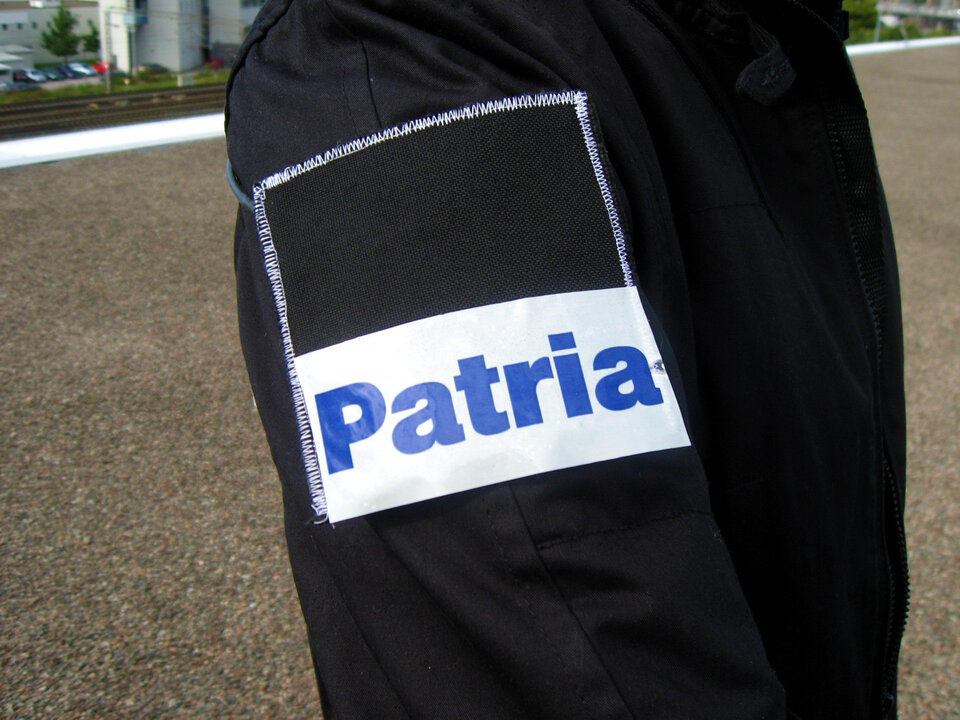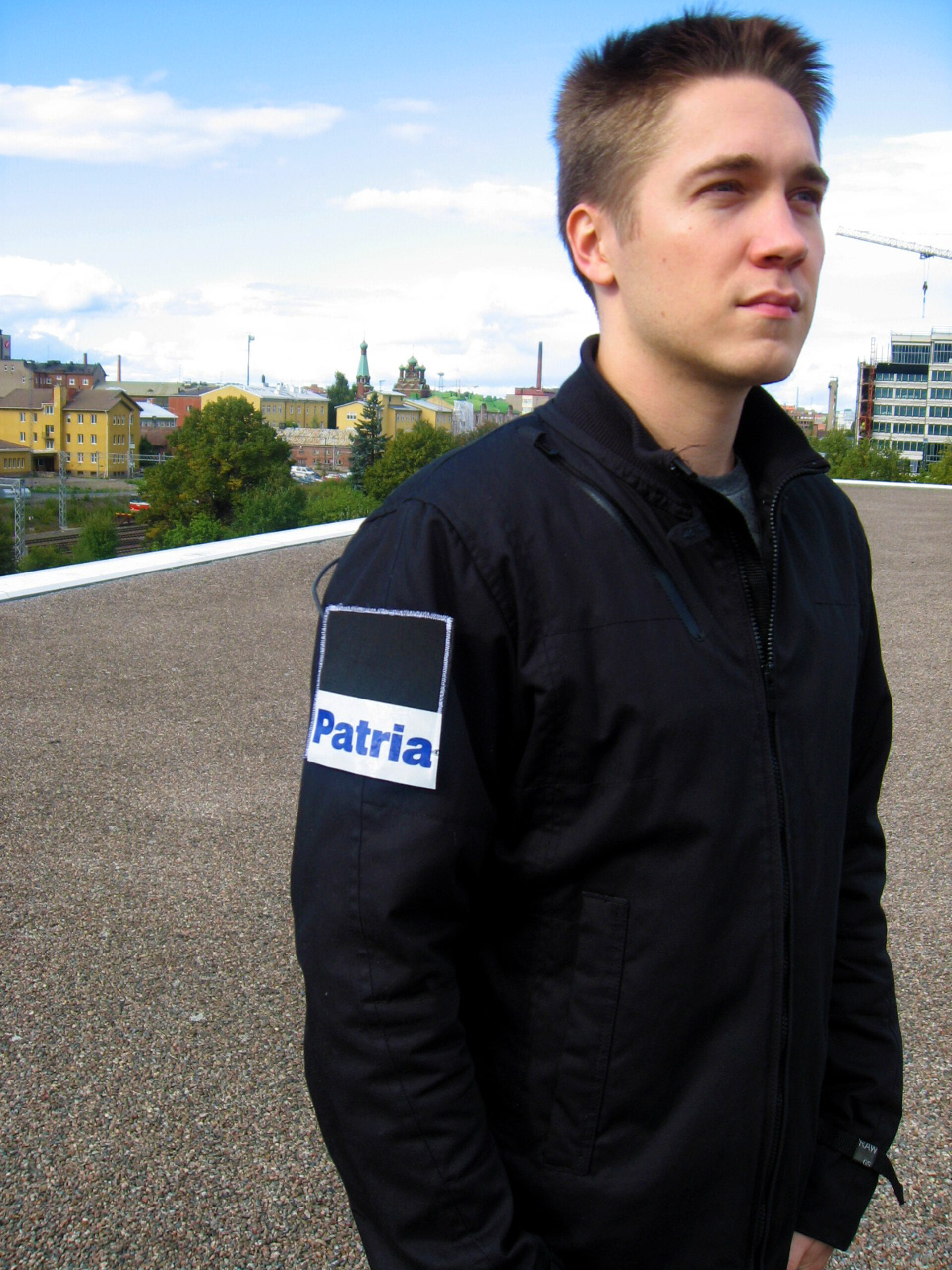Textile antenna promises futuristic communications
With a simple press on his shirt insignia, the captain of the Star Ship Enterprise could send and receive messages. Now, thanks to the efforts of a Finnish company supported by ESA, this futuristic communication may not be limited to fiction.
Through the ESA Advanced Research in Telecommunications Systems (ARTES) 5 project 'Textile Antennas', the Finnish Patria Aviation Oy company has demonstrated that an antenna can be built using textiles that can be worn and used for personal satellite communication.
"Flexible antennas are becoming attractive, since the recent developments in 'wearable computing' have opened several possibilities to integrate wireless functions into clothing," explained Rolv Midthassel, ESA’s representative on the project.
Oulu University in Finland is the subcontractor for this project, and have assisted Patria in their efforts. Work performed during this project included complete design flow, from material selection and characterization, to actual design implementation and verification. The resulting demonstrator antenna looks like a simple patch of cloth and is capable to operate at the Iridium and GPS band as part of clothing.
"The use of GPS and the Iridium satellite phone system for this project may be an attractive combination for a later product," said Mr Midthassel. "The Iridium satellites allow two-way voice and data communication, while GPS provides positional data to the user. Iridium could also relay the position of the user to operational centres."

The project's main issue was selecting the material to use. Then the material’s electrical characteristics had to be measured using a number of techniques. The next goal was to determine the antenna's performance when the wearer was moving around or bending.
Peter de Maagt, ESA's technical officer on the project, explained that the antenna's geometry allows it to bend in a direction that least reduces performance. Testing proved that the antenna meets the electrical specifications under bending conditions.
The radiating patch antenna is shielded against environmental conditions by a protective layer. The selected geometry meets the stringent requirements imposed by Iridium and GPS, maintaining 'circular polarisation' of its radio signal over the full bandwidth even when bent, which is commonly recognised to be difficult to achieve with soft, wearable antennas.
Then there was the question of handling the material itself. Could it be washed and at what temperature? How must it be stitched? Could it be ironed?
Dr Pekka Salonen, Research and Development Manager at Patria Aviation Oy, said that working with ESA through the ARTES programme has been beneficial. "We have been pushed to go further to reach the goal of what we promised to do," he said.
"Comments and suggestions from ESA staff during the project have been valuable, giving us new insight into all the variables we should take into account, apart from the engineering factors. The results are a good example of close cooperation between the customer and contractor."
Testing has indicated that a textile antenna is feasible. One of the tests used the antenna to place calls with the Iridium phone to ESTEC, in Noordwijk, the Netherlands, from the company in Finland.
"We are pleased with the results of this project," said Mr Midthassel, who sees many potential applications. "Such an antenna could be used in occupations such as fire fighting and other emergency situations."




